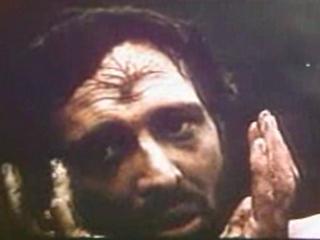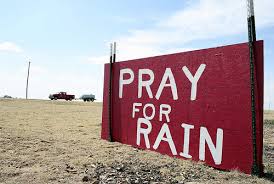The Old Man and the Sea, Ernest Hemingway
A day after I put down The Old Man and the Sea I found myself on a boat in the Atlantic trawling for Marlin just like the old man in Hemingway’s novel. Unlike the old man, we were on a huge commercial fishing boat, not a skiff. We had all the latest fish finding equipment and state of the art rods. After failed attempts at the big game, the skipper stopped the boat and we fished the deep sea for smaller fish. I caught 3 Pandora’s and a poisonous Weever fish. Nothing on the 1500 lb Marlin in the novel but I was pleased. After the fishing, the fish being inedible, were put back. A much nicer fate than being turned into bait! I’ve always loved the sea so this book spoke to me, offering a glimpse into a life lived hard and honestly.
The book itself is simple. A tale of one man fishing. It may seem boring, but the intricate strength of detail which Hemingway offers, really brings the story to life. The old man goes to sea after 84 days of having caught nothing. Others in the town pity and ridicule him for his failings but he maintains his determination and heads out, knowing that his fish is waiting for him.
The old man rows out to sea and sees dolphins as he leaves the beach; he, “could see the slight bulge in the water that the big dolphin raised as they followed the escaping fish.” Just like the old man we left the harbour in Lanzarote and a school of dolphin covered the sea from boat to the horizon. They dipped and cut playfully through the surface of the water. They are majestic creatures to look down on the deck from. On a small boat, with them jumping over your head, I’m sure they would be much more frightening. Their crashing speed mirrors the unpredictable fickleness of the sea.
He catches Tuna for bait and food with ease but his prize is on the Marlin. The fish is strong and resistant to the man’s attempts to reel him in. The old man waits patiently, speaking to the fish, waiting for it to yield to his will. The old man is at sea for three nights before he catches the fish. Unable to pull the fish aboard the old man ties him to the side of the boat and heads towards shore, guided by the stars.
On the way back the dead Marlin is attacked by sharks who take chunks off of his side. The old man fights against them, killing a few at first and proceeding to injure the last few. He gives his last to stop the shark from eating his prize, but fails. All they leave is the, “white naked line of his backbone and the dark mass of the head with the projecting bill and all the nakedness between.” The man’s failure is enduring and speaks through the generations. In life many strive against stacked odds but end up losing. It is the natural way of modern life. Tired and defeated the old man goes back to his shack, the boy joins him again and everyone in the town notices the size of the Marlin carcass on the side of the boat.
The story is beautifully simple, yet the descriptions are pristine and polished. The Victorian flowery narrative is replaced by Hemingway with a stripped down text, perfect in its honesty. The story is the battle of one man against the natural world, with its fierceness and unforgiving furiosity. Throughout, the old man’s respect for the fish fails to wain;
“The fish is my friend too,” he said aloud. “I have never seen or heard of such a fish. But I must kill him. I am glad we do not have to try and kill the stars.”



